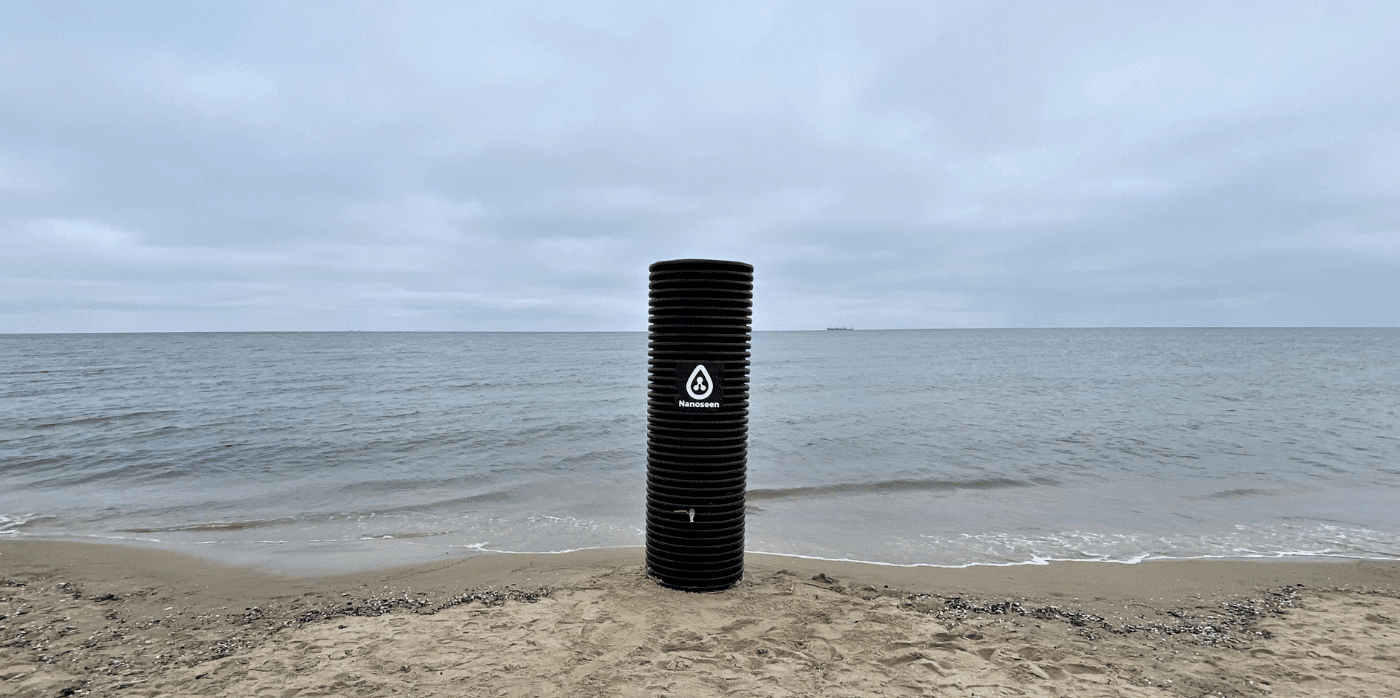A nano-membrane desalinator does not need an energy supply

Spotted: According to the World Health Organization, 829,000 people are estimated to die each year from diarrhoea caused by unsafe drinking water, sanitation, and hand hygiene. At the same time, global warming is making it harder to ensure adequate supplies of fresh water in many places. Desalination is one solution to this problem and startup Nanoseen is working to make this process cheaper and more efficient with its nanotechnology filters.
The filtration technology, called NanoseenX, uses specially created nanomembranes with pores ranging in size 0.1 to 0.8 nanometres, which trap different impurities and salts. Depending on the salinity of the water and level of contamination, between 2 and 20 nanomembranes are used, which are arranged in cascades or as a ‘sandwich’ inside a cylinder-shaped device. Gravity is used to carry out the filtration, removing the need for extra energy or pressure.
In addition to removing salt, Nanoseen claims that the system can purify any polluted water, turning it into drinking water in two to five minutes. In addition, the nanomembranes can be used in existing equipment in water treatment plants. The membranes are completely scalable and, at a cost of around $0.08 to $0.50 for each nanomembrane, they are one of the cheapest solutions available. Nanoseen is now looking for further investors to enable them to bring NanoseenX to market.
Given the seriousness of the issues surrounding freshwater contamination and shortages, it is no wonder that more and more work is going into tackling this problem. Springwise has spotted the use of microalgae to clean industrial waste and a chemical-free industrial water treatment system.
Written By Lisa Magloff

